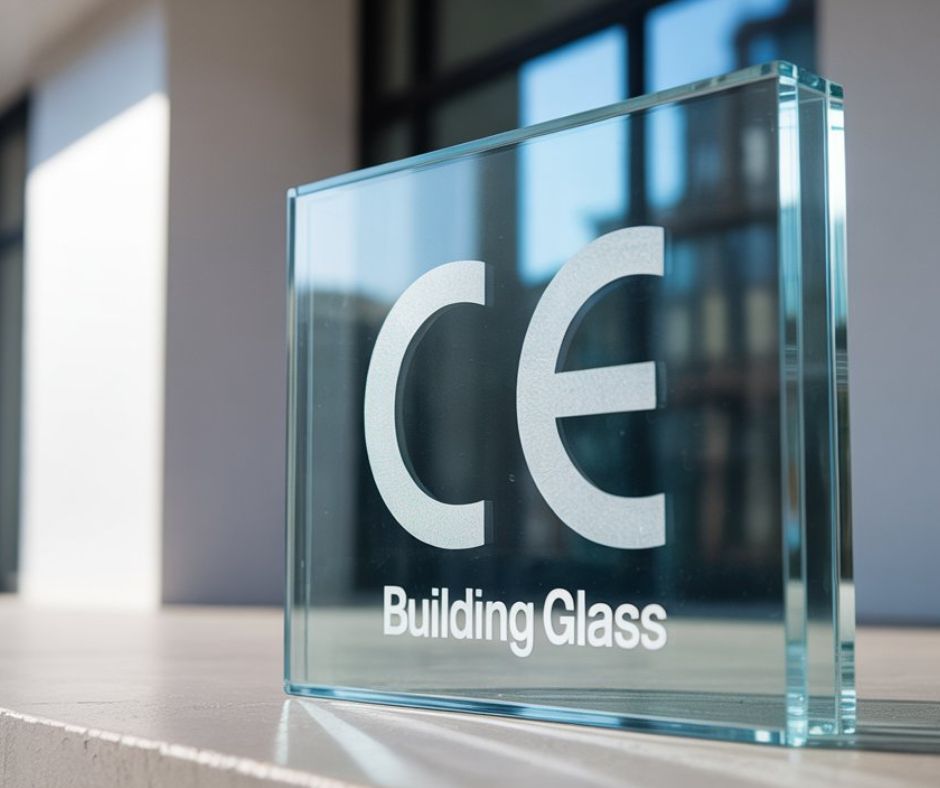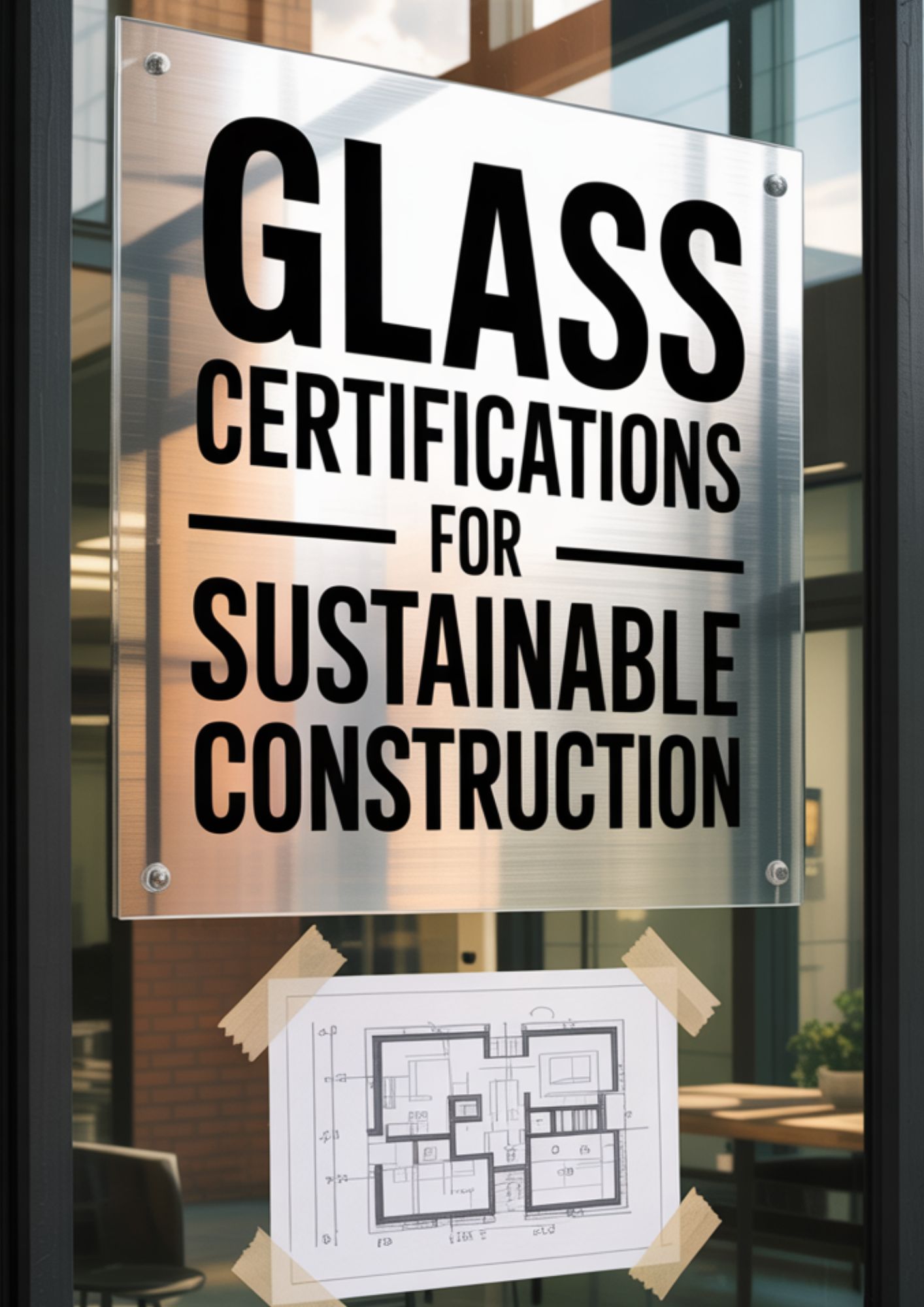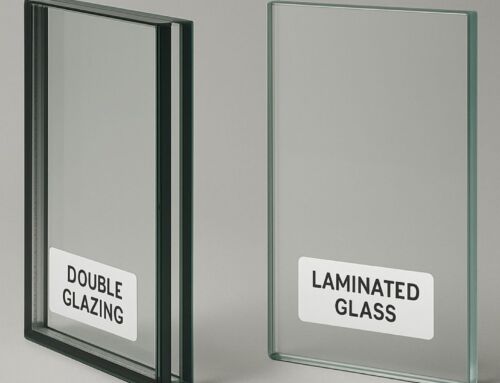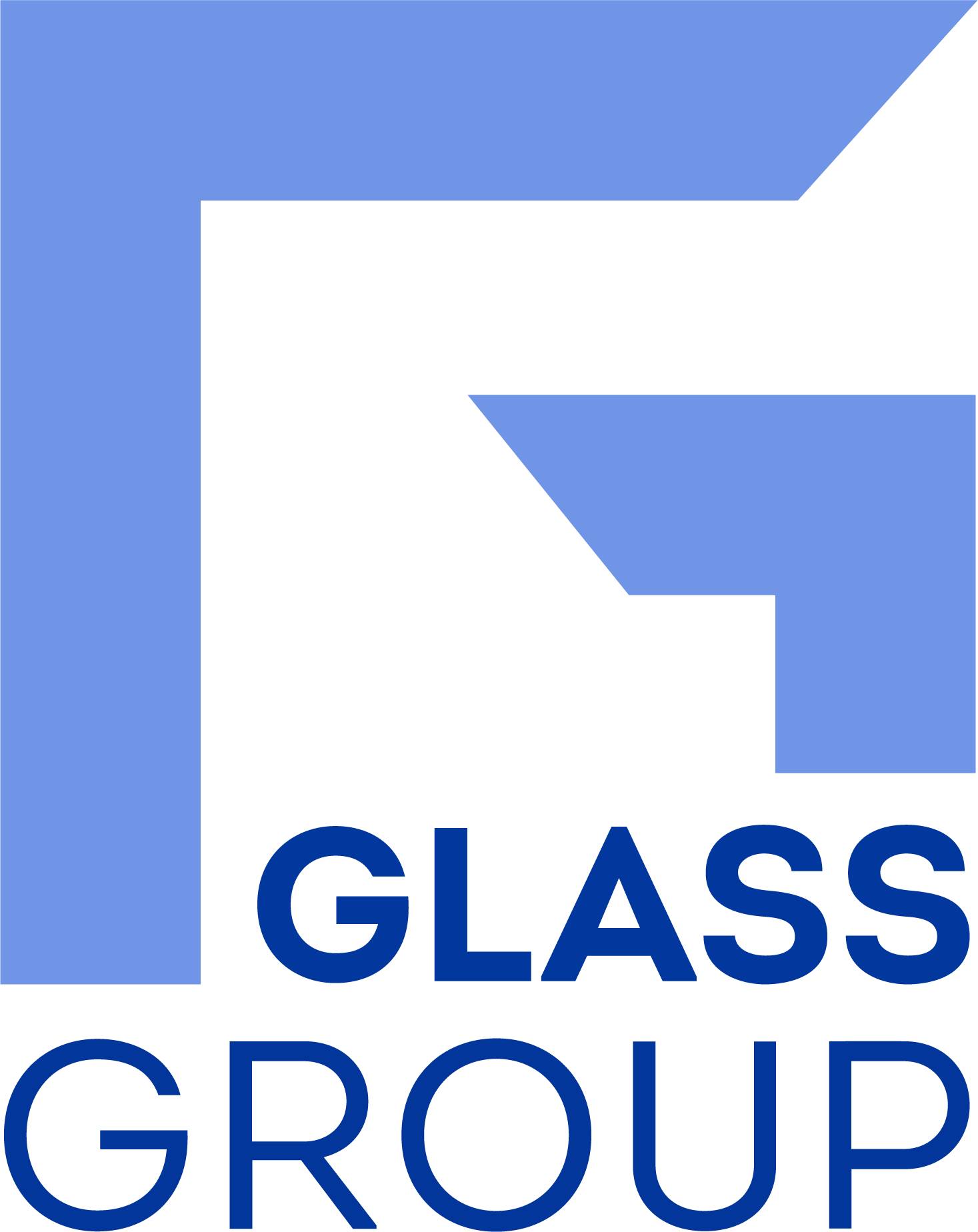Glass certifications for sustainable construction in EU: what Dutch and Belgian professionals in particular need to know
Glass certifications for sustainable construction are no longer just a box to tick. They are the reason glass has moved from being a simple building material to becoming a strategic element in today’s projects. In the Netherlands and Belgium, glass now carries the weight of energy performance, safety, and sustainability goals and professionals know that the right choice can make or break a project.
These certifications are not abstract paperwork. They are what guarantee that façades, windows, and curtain wall systems will keep performing year after year, whether the building is a small residential block or a complex public facility.
For anyone involved in public tenders, hospitality developments, or energy-efficient housing, knowing how certifications work is not a detail. It is the difference between delays and approvals, between compliance and costly mistakes.
Why glass certifications matter?
Certifications for construction glass confirm that a product meets specific European and national standards in areas such as:
- thermal and acoustic insulation,
- light transmission and solar control,
- fire safety and impact resistance,
- long-term durability and structural integrity.
In other words, they guarantee that your glass solutions won’t just look good — they will perform as expected, under real-world conditions.
The European framework: CPR and CE marking
At the European level, the main regulation is the Construction Products Regulation (EU) No 305/2011 (CPR). It mandates that glass for construction must carry the CE marking — a declaration that the product meets harmonised European standards (hENs).
Key standards include:
These standards ensure uniform testing and enable the free circulation of certified products across the EU.
“In the world of architectural glazing, CE marking is not merely a symbol—it is the cornerstone of trust, the assurance that safety meets performance, and the guarantee that excellence is never compromised.”
When it comes to construction glass, certification is not optional.
It is the guarantee of safety, performance, and regulatory compliance – the foundation of any serious project.

Dutch regulatory context: beyond CE
In the Netherlands, the CE marking is a baseline, but not the whole story. Dutch regulations, including the Bouwbesluit 2012 and the BENG energy standards, impose additional requirements.
Key local rules cover:
Notified Bodies such as TÜV Rheinland Nederland oversee certification and testing for Dutch projects, often using AVCP System 1 or 3 depending on the application.
Glass certifications: Belgium’s additional quality marks – BENOR and BCCA
Belgium also requires CE marking, but its market is shaped by additional schemes such as:
These bodies issue certifications specifically for IGUs, safety glass and façades, verifying durability, gas retention, fire resistance, and compliance with Belgian fire codes.
National frameworks within a European system
While the Construction Products Regulation (CPR) sets a unified foundation for construction products across the EU, each Member State can and does define its own national requirements within that framework. This is particularly relevant in the case of glass for buildings, where factors like climate, building traditions, and safety priorities vary significantly.
For example, have we altready seen that Dutch projects must comply not only with CE marking and EN standards, but also with national energy efficiency goals (such as BENG) and building codes (Bouwbesluit). Similarly, Belgium combines the EU framework with national certifications like BENOR and procedures managed by the BCCA, especially for insulating glass units.
In short, being CE-marked is not always enough. Architects, developers, and manufacturers targeting specific markets such as the Netherlands or Belgium must also align with country-specific performance criteria, testing protocols, and certification schemes.
Understanding this dual layer of compliance is essential for ensuring legal conformity, product performance, and smooth project execution.
Glass certifications: choosing certified glass is choosing trust
If you’re a fabricator, hotel developer or architectural studio designing for the Dutch or Belgian markets, certified glass isn’t just a technical detail — it’s a matter of legal compliance, performance guarantee, and even reputational risk.
That’s why at Vetreria Valmarecchia we work only with suppliers like Saint-Gobain, AGC, Saint-Gobain, Pilkington , whose glass is already tested and certified according to the strictest EU and national criteria. This allows us to integrate compliant solutions into custom façades, hotel openings, or high-performance units for contractors and engineers.
Need guidance?
Choosing the right certification path depends on your building type, location, and project requirements. If you’re uncertain about what you need, or how the CPR, BENOR or BENG regulations apply to your next build, our technical team can support you with:
- feasibility assessments,
- documentation reviews,
- selection of the best performing glass based on your targets.
Learn more or book a technical consultation here:
CE marking is not a catalogue detail. It is what separates compliant glass from one that, once installed, could put you in trouble.
Do not choose only on price. Choose what truly protects your project, your client, and your professional responsibility.






